What safety gear should you expect to see on your roofer? A guide for homeowners and building owners
May 4, 2025 at 6:00 a.m.By John Kenney, Cotney Consulting Group.
Learn what proper safety gear looks like, what red flags to watch for and why safety should matter as much to you as it does to the contractor.
When hiring a roofing contractor for your home or commercial building, safety might not be the first thing you think about — but it should be. Roofing is one of the most hazardous construction trades, and a contractor's safety practices aren't just about protecting their crew — they're about protecting you, your property and the project's overall success.
Understanding what safety gear your roofing crew should use helps you gauge professionalism, reduce liability exposure and ensure the job is completed to the highest standards. In this article, you'll learn what proper safety gear looks like, what red flags to watch for and why safety should matter as much to you as it does to the contractor.
1 - Fall protection harnesses and anchor systems
At the core of any roofing safety setup is fall protection. According to OSHA, workers exposed to a fall of six feet or more must be protected by a fall arrest system. This typically includes a full-body harness, a lanyard or lifeline, and a certified anchor point.
Imagine a fall protection harness like a seatbelt for the roof — it wraps around the shoulders and thighs and connects via a D-ring to a secure lifeline or lanyard. The anchor is often bolted into a framing member or fixed point and must be able to support at least 5,000 pounds per person.
You should expect to see every roofer wearing a harness and remaining tied off when working near unprotected edges, steep slopes or elevated decks. On commercial projects, horizontal lifelines or railing systems may supplement this gear.
2 - Guardrails, netting and perimeter protection
Fall protection may include temporary guardrails, toe boards, or safety netting on flat commercial roofs or multi-unit residential buildings. These systems prevent falls at edges, skylights or other openings and are particularly important when several trades are working on the same roof.
High-rise buildings may use debris netting to prevent tools or materials from falling to the ground, further protecting pedestrians and site workers below.
3 - Proper footwear and head protection
Roofing requires secure footing on sometimes slick or sloped surfaces. Roofers should wear non-slip, high-traction boots, ideally with ankle support, to reduce the risk of falls or twisted joints.
Hard hats are also necessary — particularly during tear-offs, near cranes or busy job sites. Falling debris or sudden slips can cause serious head injuries, even on residential jobs.
4 - Seasonal gear and weather protection
Safe roofing doesn't stop at standard PPE. Depending on the weather, crews should wear UV-resistant clothing, cooling vests or insulated gloves and jackets to protect against temperature extremes. In high-heat conditions, smart crews rotate breaks, use shade structures and hydrate regularly to prevent heat-related illnesses.
During winter work, insulated boots and moisture-resistant gear help reduce the risk of hypothermia or frostbite — especially on metal roofs where surface temperatures drop rapidly.
5 - Gloves, eye protection and high-visibility clothing
Roofers frequently use sharp materials, nails, flashing, chemicals and cutting tools. Cut-resistant gloves protect hands from lacerations, while safety glasses or goggles shield the eyes from dust, flying debris and chemical adhesives.
High-visibility clothing — typically vests or fluorescent shirts — is standard on commercial sites and in high-traffic residential areas. It's not just for show; it ensures everyone on the site can be seen easily, especially around vehicles and equipment.
6 - Ladders, scaffolding and access equipment
Accessing the roof safely is just as important as working on it. Contractors should use OSHA-rated ladders properly secured at the top and base, with ladder extensions when necessary.
For higher elevations or larger structures, scaffolding with guardrails or aerial lift equipment may be used. Equipment must be properly set up and inspected daily. It's a major red flag if you see unsecured ladders leaning against gutters or workers jumping off scaffolds.
7 - Rooftop safety plans and jobsite communication
While not a piece of gear, a site-specific safety plan is one of the most essential safety tools on any roofing project. Responsible contractors create detailed plans that include fall protection protocols, emergency contacts, evacuation procedures and designated safety coordinators.
Crews rely on communication systems, such as two-way radios or mobile apps, especially on large or noisy job sites. Communication ensures fast response if an emergency occurs or weather conditions change.
8 - Worker training and safety certifications
Safety equipment is only as effective as the workers using it. Reputable contractors ensure their teams are trained in OSHA standards, fall protection, hazard recognition and proper material handling. In some areas, workers are required to carry safety certifications or cards.
If your contractor can't tell you when their crew last had training, it may be time to reconsider your choice.
Red flags that may indicate unsafe practices
As a homeowner or building manager, you don't need to be a safety expert — but here are signs that something may be wrong:
- Workers not tied off on steep-slope roofs or near edges
- Ladders leaning without being tied off or stabilized
- No visible hard hats or safety vests on-site
- Rooftop materials or tools scattered without containment
- No safety signage or barriers in high-risk areas
- Crews throwing debris off the roof without coordination or a chute
Spotting any of these could indicate shortcuts are being taken — and that puts people and property at risk.
Real-world example: When safety saves the day
A crew member slipped while moving a membrane roll across a frost-covered deck on a recent commercial re-roofing job. Fortunately, he wore a fall protection harness anchored to a certified tie-off point. The system stopped his fall immediately, he was unharmed, and work resumed without interruption. Without that gear and training, the story could have ended very differently.
How safety impacts your timeline and budget
A safer crew doesn't just reduce the risk of accidents — they help the job run smoother. Trained workers using the right gear will complete tasks more efficiently because they aren't cutting corners or reacting to problems. Safety reduces the chances of project delays, insurance claims or costly injuries that can derail a schedule or result in legal issues for the property owner.
Homeowner tip: Ask about the safety plan
Before work begins, ask your contractor a straightforward question: "Can you walk me through your safety plan for this job?"
Any reputable roofing contractor will gladly explain how they protect their crew — and your property. If they hesitate or downplay safety, consider that a red flag.
Final thoughts
Safety isn't just about compliance — it's about professionalism, quality, and respect for everyone on and around the job site. Hiring a roofing contractor means you're not just paying for materials and labor. You're trusting a team to work at height, in challenging conditions, often with complex tools and materials. Make sure that trust is well-placed.
Knowing what safety gear and protocols to expect doesn't just help you spot a good contractor — it helps ensure your project is completed safely, efficiently and with minimal risk. That's peace of mind worth investing in.
Have a question? AskARoofer.
Find your local roofing contractor in the AskARoofer™ Contractor Directory.
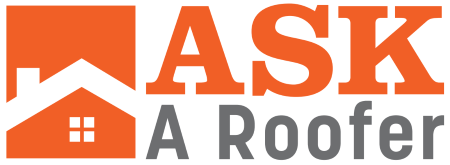
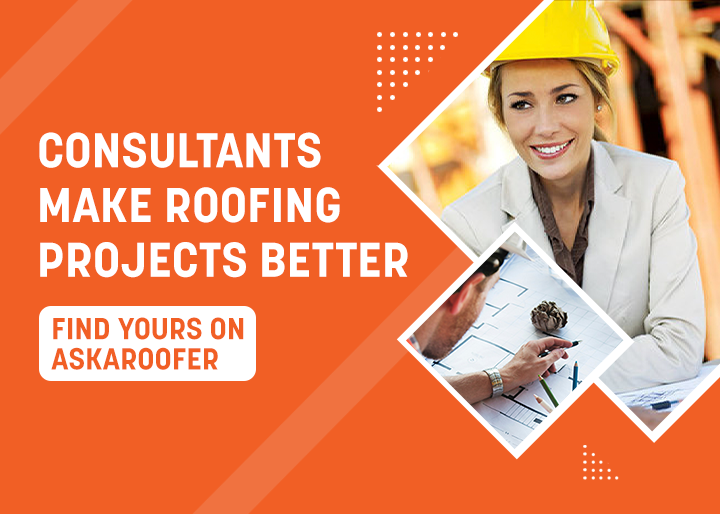
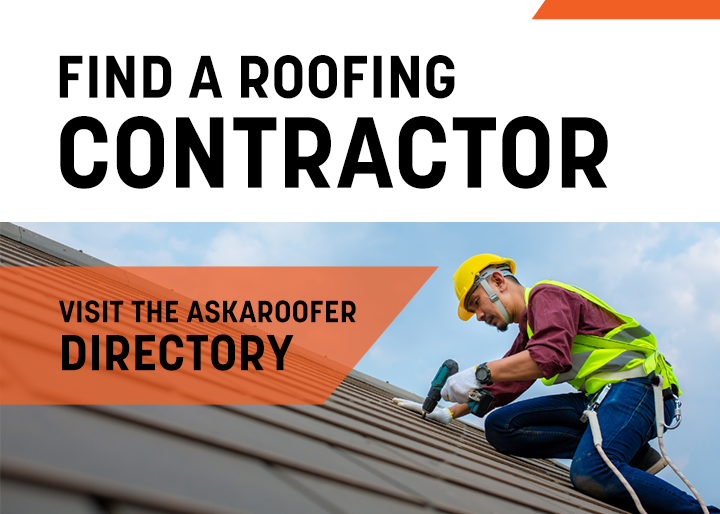

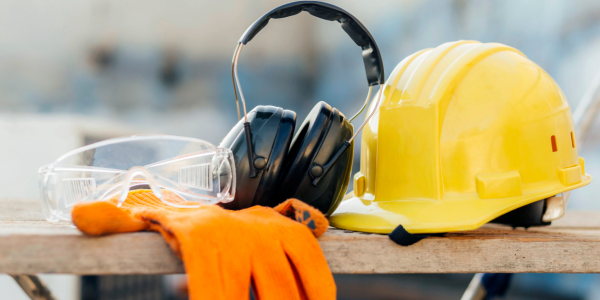
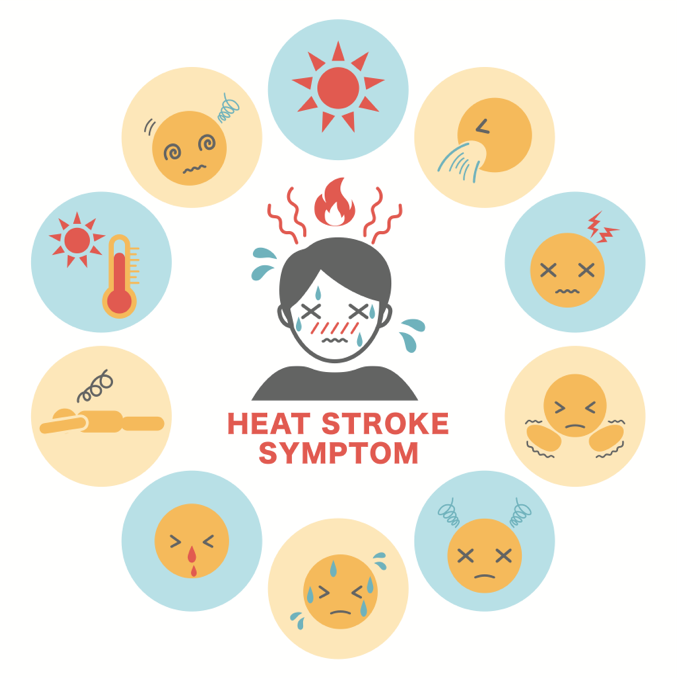
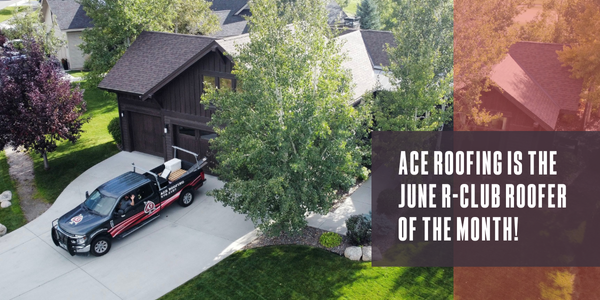




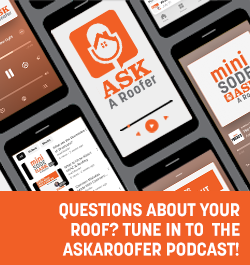


Comments
Leave a Reply
Have an account? Login to leave a comment!
Sign In